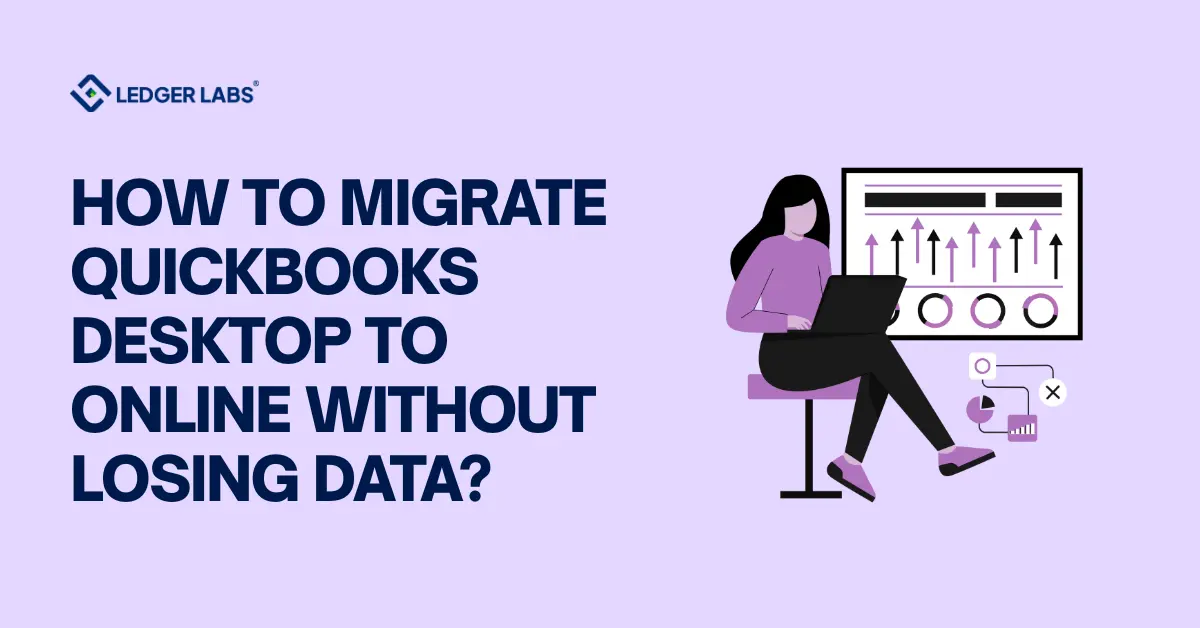Running a manufacturing business means many moving parts: raw materials flowing in, work-in-progress sitting on the floor, finished goods going out, and a whole chain of costs piling up behind it.
If you’re using Odoo as your ERP, it offers robust accounting tools for manufacturing — but if you don’t understand how they all fit together, things can get messy fast.
This guide walks you through how Odoo handles accounting and customization in a manufacturing setup, step by step and in plain English.
Let’s get started.
Key Takeaways
- Odoo links manufacturing, inventory, and accounting, so every production step updates financials automatically.
- Correct setup of BOMs, product categories, costing methods, and work-centers is essential for accurate costing.
- Automated inventory valuation prevents discrepancies and keeps WIP, COGS, and finished goods accurate.
- Odoo’s variance analysis highlights material, labour, and overhead differences that impact margins.
- Real-time reports—valuation, cost analysis, WIP aging, and profitability—help manufacturers make faster, data-driven decisions.
Why does manufacturing complicate accounting?
In a service business or simple trading company, you might buy a product, sell it, and that’s it.
But manufacturing brings complexity: multiple raw materials, labour, overhead, inventory movements, work-in-progress (WIP), inventory valuation, cost of goods sold (COGS) etc.
You need your accounting system to reflect all of that so you get reliable financials, margins, and decisions.
Odoo is not just a sales or bookkeeping tool — it integrates manufacturing (MRP), inventory, and accounting into one system.
That means you can track manufacturing orders, component consumption, production output, and have the accounting mirror what’s happening operationally.
Also Read: Odoo Compliance Guide
Setting up Odoo for manufacturing accounting: the basics
Before you start pounding out numbers, you need your foundational setup in place in Odoo.
According to ERPixel, you’ll want to pay attention to: product categories, costing methods, inventory valuation methods, and work centres.
Here are the key settings:
- Product Categories & Costing Method: In Odoo, you group products into categories. For manufactured items, you’ll pick a costing method (Standard Cost, FIFO, Average Cost) and inventory valuation (automated or manual).
- Inventory Valuation: Odoo lets you choose whether inventory valuation is automated (journal entries generated automatically) or manual. Automated is highly recommended for manufacturing, so you capture the financial effect of inventory movements.
- Work Centres / Operations: If you have labour, overhead, and specific production steps, Odoo’s manufacturing module allows you to define work-centres, set hourly costs, etc. This helps assign cost to the production process.
- Bills of Materials (BOMs) & Routes: For each finished product, you’ll configure a BOM listing all components and operations. These link operations in manufacturing to cost and inventory consumption.
So the first step is ensuring your Odoo setup correctly reflects your manufacturing process:
raw materials → work in progress → finished goods, with correct costing and valuation settings.
If you skip this step, your reporting will be unreliable.
Also Read: Odoo tax management guide
How does Odoo handle production and accounting flows?
Let’s walk through what happens in Odoo from raw materials to finished goods, and how accounting entries are triggered behind the scenes.
1. Manufacturing Order Confirmation and Reservation: In Odoo, when you launch a manufacturing order (MO) for a finished product, Odoo will reserve components from stock, schedule operations in work-centers, and move inventory from the “raw material” location to production.
The inventory movement isn’t just “physical” — Odoo records stock moves which link to accounting when inventory valuation is automated.
For example, when you consume components, their cost is transferred out of inventory and into WIP or cost of goods sold, depending on your workflow.
2. Work-in-Progress (WIP) Accounting: During manufacturing, especially if it takes time or multiple operations, you’ll have WIP – products partially manufactured.
Odoo allows WIP tracking by creating journal entries that capture the cost of consumed materials/labour, but before the product is complete. One guide calls this “the value of products in the production process on the balance sheet”.
So your accounting recognition might look like: raw material cost moves to WIP → once finished, WIP moves to finished goods inventory.
3. Finished Goods & Inventory Valuation: Once the MO is completed, Odoo will move the finished product into stock and update its cost (depending on your costing method). At that point, the system posts journal entries to reflect the finished product’s value being added to inventory (or cost of goods sold if immediately sold).
If you’re using automated inventory valuation, this happens with minimal manual work: Odoo creates the debit/credit entries for you. That means you always have accurate financials reflecting manufacturing operations.
Costing Methods: Standard vs Average vs FIFO: Manufacturing accounting depends heavily on how you cost your products and inventory. In Odoo, you can choose:
- Standard Costing: You fix a cost per unit ahead of time, and record variances between actual and standard.
- Average Costing (AVCO): Cost updates based on each purchase/manufacture.
- FIFO / LIFO: First in, first out (or last in, first out) inventory consumption.
The costing method influences what your COGS will look like, how inventory is valued on the balance sheet, and what margin numbers you’ll see. So choose the method that best matches how you manage manufacturing and inventory flows.
Best practice tips for making it work
Now that you know how it flows, here are some practical tips to ensure your Odoo manufacturing accounting works smoothly.
- Enable Automated Inventory Valuation: If you try to use manual valuation in manufacturing, you’ll likely get discrepancies, because many movements happen (raw material consumption, production, finished goods). Automation saves you headaches.
- Define Work Centres and Labour Costs Early: If you have labour/machine hours, set up work centres with an hourly cost. Odoo lets you capture these in your production cost. This is key for manufacturing businesses.
- Use the Right Costing Method: Don’t just default to average because it’s easiest. If your business needs standard costing (for budget vs actual) or FIFO (for regulatory or industry reasons), configure properly.
- Clean Up BOMs and Product Categories: Your product categories determine how costing works and how inventory is accounted. Make sure each product has the correct BOM, cost method, and valuation method.
- Track WIP Regularly: Work-in-progress isn’t “invisible”. Make sure you monitor WIP accounts, review manufacturing orders that have been open too long, and understand where costs are stuck.
- Regularly Close Manufacturing Orders: Leaving MOs open indefinitely can distort your inventory and WIP. Ensure that operations are closed and correct entries are posted in Odoo.
Understanding Manufacturing Variances in Odoo
Manufacturing almost never goes exactly as planned. Material usage varies, labour hours fluctuate, and machine time often runs over or under expectations. Because of this, Odoo gives manufacturers a clear system for tracking cost variances.
According to Odoo’s own documentation, variances arise when actual production cost differs from your standard or expected cost.
There are three main types:
1. Material Variances
If your BOM says a product requires 5 kg of material but 6 kg were used, the cost difference becomes a material variance.
Odoo tracks this through:
- Component consumption logs
- MO cost reports
- Real-time stock valuation journals
2. Labour / Machine Variances
If your work centre is set to $100 per hour but the job took twice the estimated time, the difference is captured as labour variance.
Odoo registers labour cost through:
- Work-centre operation time tracking
- Cost per hour setup in work-centres
3. Overhead Variances
Manufacturing overheads (electricity, rent, machine depreciation) can be assigned to products via a predefined hourly cost.
If production takes more or fewer hours than expected, overhead variances appear automatically in cost analysis.
These variances matter because they explain why margins shift and why your final cost per unit changes.
Connecting Manufacturing Activities to Financial Statements
One of the biggest advantages of Odoo is that every movement in manufacturing links directly to accounting. This gives you real-time financial statements without manual updates.
Here’s how the pieces connect:
1. Balance Sheet Impact
When manufacturing happens, Odoo updates multiple balance-sheet accounts:
- Raw Materials Inventory
↓ (components consumed) - Work-in-Progress (WIP)
↓ (production completed) - Finished Goods Inventory
If automated valuation is enabled, journal entries are created instantly.
This ensures your balance sheet always reflects the true value of goods at each production stage.
2. P&L (Profit & Loss) Impact
The P&L gets updated when finished goods are sold:
- COGS is booked automatically
- Inventory value decreases
- Sales revenue is recognized
If costing is configured correctly, you’ll see accurate margins without manual adjustments.
3. Cash Flow Impact
While manufacturing doesn’t directly create cash movements, it affects:
- Purchase cash outflows (raw materials)
- Accounts payable
- Inventory investment levels
A well-configured Odoo system gives you visibility into how much cash is tied up in stock and where inefficiencies may be hiding.
Reporting & Dashboards in Odoo Manufacturing Accounting
Good accounting isn’t just about recording numbers. It’s about turning them into insights. That’s where Odoo’s reporting shines.
1. Inventory Valuation Report
Shows real-time value of:
- Raw materials
- WIP
- Finished goods
- Goods in transit
Useful for financial audits and month-end closing.
2. Manufacturing Cost Analysis Report
This report breaks down:
- Component cost
- Labour cost
- Overhead cost
- Total production cost per unit
It’s the easiest way to identify inefficiencies or rising costs.
3. WIP Aging Dashboard
Manufacturers often face stuck or slow-moving manufacturing orders.
A WIP aging view helps you catch:
- Bottlenecks
- Delayed operations
- Excess inventory tied in WIP
4. Profitability Reports
Odoo integrates manufacturing cost with financial results, so you see:
- SKU-level profitability
- BOM-level profitability
- Work-centre profitability
This helps owners understand which products make money and which silently lose it.
Why Accurate Manufacturing Accounting Matters?
Here’s the real reason this entire setup matters:
Because small mistakes in manufacturing accounting snowball into massive business problems.
Poor accounting can lead to:
- Underpricing or overpriced products
- Bad quotes
- Wrong gross margin
- Cash flow gaps
- Overproduction or stockouts
- Unreliable financials for investors
Odoo’s integrated structure ensures your manufacturing, inventory, and accounting speak the same language.
Final Thoughts
Odoo is powerful for manufacturers — but only if set up correctly.
When your BOMs, work-centres, costing methods, and valuation are configured well, Odoo becomes a real-time engine for accurate production costing and financial visibility.
With the right setup, you get:
- Real-time cost insights
- Automated financials
- Accurate margins
- Predictable COGS
- Clear cash flow impact
- Reliable inventory values
- Stronger decision-making
If you’re a manufacturer using Odoo, treating accounting as an afterthought is risky.
But when done correctly, it becomes one of the strongest tools you have for growth and profitability.
And if you want your Odoo accounting done right, what better way than to book a call with our Odoo experts to get the ERP set up properly for your company.













